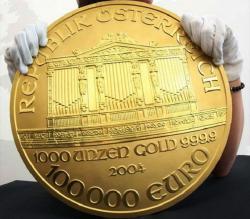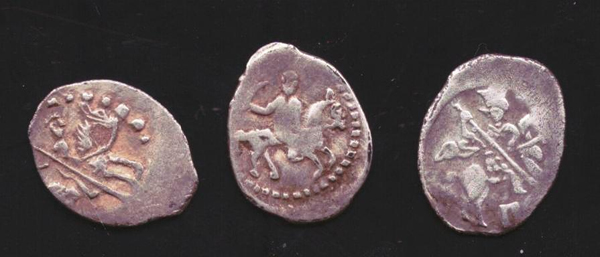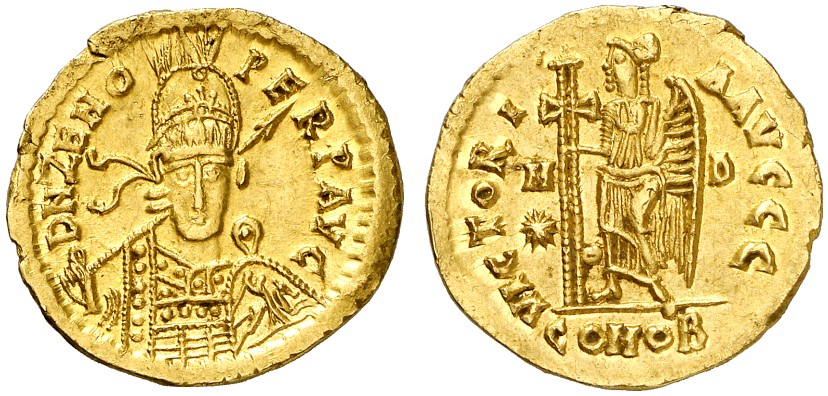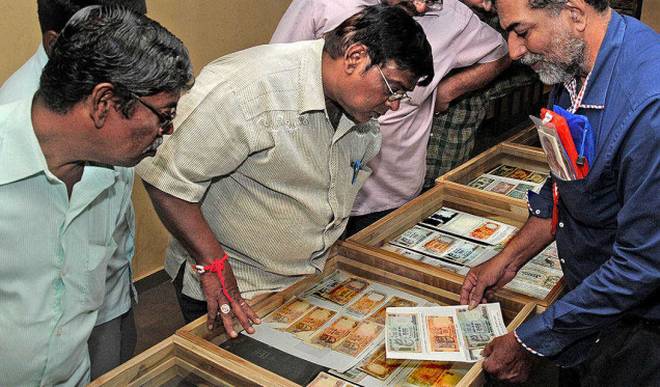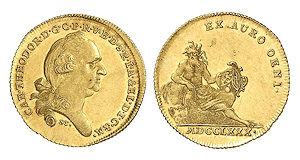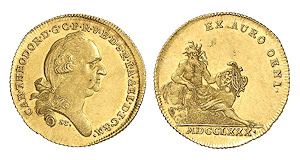Russian coins and medals (XV-XX century)
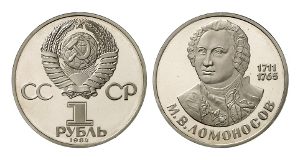 The history of Russian coins is still relatively short. In its development, the monetary business of Russia did not directly rely on ancient or medieval designs, and yet in an amazingly short time it reached such a level of diversity and beauty that collectors quickly become fascinated with striking images on coins and medals, as well as large-scale gold and silver minting.
The history of Russian coins is still relatively short. In its development, the monetary business of Russia did not directly rely on ancient or medieval designs, and yet in an amazingly short time it reached such a level of diversity and beauty that collectors quickly become fascinated with striking images on coins and medals, as well as large-scale gold and silver minting.
Whereas the money of many countries of the world, such as the American dollar, takes its name from the silver thaler, minted since the end of the 15th century, Russia has come a special way in the field of coinage. Continue reading
European coins and medals (XVI-XXI century)
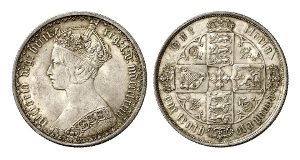 New time in numismatics begins in Europe around 1500 in the lands of the Habsburgs. In 1486, by order of the Archduke Sigismund (1439-1490), the Tyrolean guldengros was minted. It was the world’s first full-weighted silver coin, corresponding in value to the Rhine gold guilder. This coin became a model of European coins in the next 400 years.
New time in numismatics begins in Europe around 1500 in the lands of the Habsburgs. In 1486, by order of the Archduke Sigismund (1439-1490), the Tyrolean guldengros was minted. It was the world’s first full-weighted silver coin, corresponding in value to the Rhine gold guilder. This coin became a model of European coins in the next 400 years.
The name of this successful coin comes from the name of the location of the silver mines of Joachimstal, which were owned by the von Schlick counts. Hence the name “thaler”. Continue reading
Possessions of the Habsburgs – Austria (XII-XX centuries)
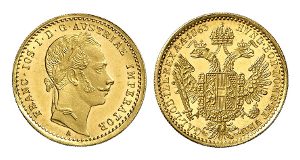 In 1273, King Rudolph I became the first representative of the Habsburg clan who ascended to the Roman-German throne. It began the reign of the Habsburg dynasty, which lasted until the reign of Charles I (1916-1918), the last emperor of Austria.
In 1273, King Rudolph I became the first representative of the Habsburg clan who ascended to the Roman-German throne. It began the reign of the Habsburg dynasty, which lasted until the reign of Charles I (1916-1918), the last emperor of Austria.
From 1438 until the fall of the empire in 1806, almost all German kings and Roman-German emperors came from the Hapsburg clan. Thanks to the skillful marriage policy, true to the motto “Motto Bella gerant alii, tu felix Austria nube” (“Let others wage wars – you, happy Austria, marry”), from the Middle Ages until the New Age, the Habsburg managed to create a network in Europe dynastic ties that, among other things, provided them with rule in regions such as Bohemia and Hungary, Spain and Portugal, as well as in Milan and parts of Lombardy. Continue reading
Vintage German coins and medals
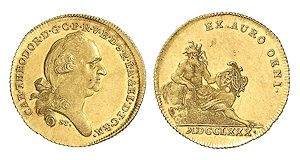 Coinage in the territory of the German state from the end of the Middle Ages (XV century) and until the introduction of the imperial state currency in 1871 is without doubt one of the most versatile and diverse areas of coin collecting.
Coinage in the territory of the German state from the end of the Middle Ages (XV century) and until the introduction of the imperial state currency in 1871 is without doubt one of the most versatile and diverse areas of coin collecting.
While other European countries, such as England, Spain or France, by the end of the Middle Ages became national states in which coinage was carried out centrally, Germany until the founding of the Empire after the Franco-Prussian War (1870-1871) remained geographically heavily fragmented. Continue reading
Crusader coins (ca. 1095-1523)
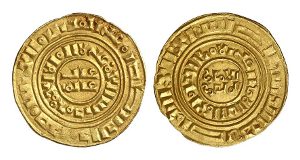 It is unlikely that there will be events that have had such a strong influence on the social and cultural development of the medieval world from the 11th to the 13th centuries, like the crusades and the associated founding of Christian states in Palestine and the Mediterranean.
It is unlikely that there will be events that have had such a strong influence on the social and cultural development of the medieval world from the 11th to the 13th centuries, like the crusades and the associated founding of Christian states in Palestine and the Mediterranean.
In 1095, in the French city of Clermont, Pope Urban II (1088-1099) called for the liberation of the Holy Land from the Muslims and thereby caused a wave of crusades of the high Middle Ages. Continue reading
